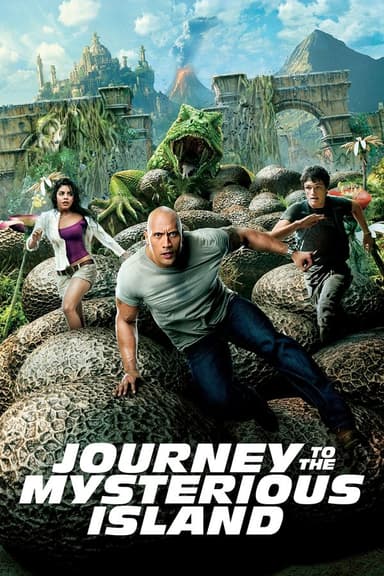
Around the World in Eighty Days
1956 • Adventure, Comedy, Family, Fantasy, Romance • G
Based on the famous book by Jules Verne the movie follows Phileas Fogg on his journey around the world. Which has to be completed within 80 days, a very short period for those days.
Runtime: 3h 2m
Why you should read the novel
Jules Verne’s “Around the World in Eighty Days” is a timeless classic that immerses readers in a whirlwind journey through diverse cultures and landscapes. The novel’s clever narrative structure and intricate details offer an intellectual and imaginative depth that no film adaptation can fully capture. By reading Verne’s original text, you gain direct access to his wit, linguistic playfulness, and the subtle characterizations that have made this book endure for generations.
Unlike film adaptations, which are constrained by run times and visual interpretations, the novel allows you to experience the nuances of Phileas Fogg’s character and the suspense of the journey in your own imagination. Every challenge and triumph along the way becomes more personal as you turn the pages, allowing for a more profound connection with the story’s unfolding suspense.
Reading the book also provides context into the era’s social norms, technological marvels, and the spirit of exploration that inspired Verne. Engaging with the original work opens a window, not just to adventure, but to the inventive mind of one of science fiction and adventure literature’s pioneers.
Adaptation differences
The 1956 film adaptation of “Around the World in Eighty Days” introduces several changes to the original narrative to suit cinematic spectacle and audience expectations of its time. The movie significantly amplifies the sense of spectacle, featuring a multitude of cameo appearances and elaborate set pieces that, while entertaining, sometimes overshadow the plot’s subtleties and Verne’s nuanced social commentary.
Characterization diverges notably. In the book, Phileas Fogg is almost stoic, reserved, and methodical, embodying British precision and reserve. Conversely, the film presents Fogg as more eccentric and comedic, playing up his quirks for comic effect. Passepartout, too, is recast from the intelligent and resourceful servant in the novel to a more overtly comedic sidekick in the film, in large part due to the casting of Mexican comedian Cantinflas, who brings his own brand of humor and acrobatics to the role.
Events and locales in the film are often altered or exaggerated for visual impact. The movie introduces scenes and sets not found in the original book, such as the elaborate balloon sequence—which is now iconic despite never occurring in Verne's novel. Some plot elements are streamlined or omitted for narrative simplicity, causing the journey’s progress to feel less suspenseful and more episodic compared to the gradual, tension-filled pacing of the book.
Finally, the film softens or omits some of the social and cultural commentaries present in Verne’s text in favor of broad humor and spectacle. Where Verne’s novel explores themes of colonialism, technological change, and cultural encounters, the film is more intent on providing escapist entertainment. As such, audiences miss out on the thoughtful undercurrents and critiques that make reading the original work a richer, more thought-provoking experience.
Around the World in Eighty Days inspired from
Around the World in Eighty Days
by Jules Verne
















